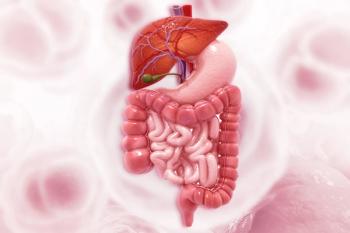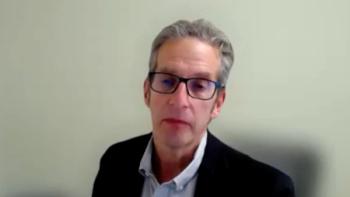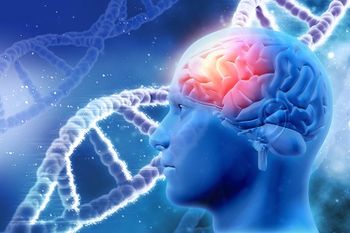
Hours to Days
Her recent history was marked by a rather rapid decline over the past 2 months. Long dormant melanoma now spread widely. Her family filled the room. She sat there, still, eyes closed, the pale yellow of advanced liver failure painted on every inch of her body.
Her husband, four sons, and three daughters filled the room. She sat there, still, eyes closed, the pale yellow of advanced liver failure painted on every inch of her body. I took a seat next to her. Her head was held upright, cradled gently by one of her sons. His strong hands-one on her forehead, the other on the back of her skull-were placed as though praying over someone newly baptized. From her mouth, slightly open, came quiet and barely perceptible breaths-in, out. She was present and awake, while at the same time unable to hear or respond to anything that was happening in the room.
Before I entered the room, I had reviewed her medical records, looked at paper charts from a decade ago that had clumsy Polaroids pasted to them. I reviewed the past, when we treated a vital woman with her life ahead of her, and the current situation of advanced and metastatic cancer, pulling up computer files that clearly delineated the massive spread of disease, resulting in at least some of her incapacitation. She was sent to me for advice about whether we could offer palliative radiation therapy to help with pain from skin and soft-tissue cancer involvement.
Her recent history was marked by a rather rapid decline over the past 2 months. Long dormant melanoma now spread widely. Chronic liver disease now progressive despite our best efforts to reverse it. Over the past 2 weeks, she was no longer eating, drinking, standing. This morning she said “goodbye” to a daughter who was bathing her with a soft cloth. I examined her emaciated frame, more bones than muscle and flesh. A wad of melanoma occupied the majority of her medial thigh. No pain to palpation throughout her body. Minimally responsive.
And still, the question: “What can we do now?”
We talked about the body-its functions, how it processes, senses the internal and external environment. The body is mostly fully alive throughout our time here on Earth, but at the extremes of life, in birth and death, all of the bodily characteristics we associate with being alive are in transition. In birth, the body awakens from the fully nurturing and protective womb to the harsh outside world. Our body is stimulated to function by an overwhelming challenge-our new life. We are ill equipped to handle that challenge, and our every single need must be met by some other being or our body will cease functioning. At death, our need for body functions ceases. In some people, this happens quickly-they go from being fully alive to dead in a matter of seconds. For others, there is a process to dying, much like the process of being born, but in reverse.
The pregnancy of our death has no defined period of confinement, but does generally follow a pattern. As the body shuts down, we go from being fully alive to passively shutting down. The person generally loses interest in things, moves around less, spends more time in self-selected solitude. They eat and drink less. It is as though they are falling into some unseen protective womb. The process of living eventually turns then, into a process of dying, and eventually like active labor, active dying ensues. In active dying, things are different than in active living. The normal functions, processes, and sensations of the body like hunger, pain, and thirst are not felt in the same way as before. They are still important, but maybe more so for the person tending to their dying loved one. These needs can be addressed simply-a soft wet cloth to the mouth or forehead, a gentle whisper of reassurance that the love that you share never dies and continues on always. Just being there is enough, breathing the same air. Showing forgiveness, gratitude.
There was no need for radiation therapy treatment here. In answer to “how long?” I told them that no one knows. When pressed for my thoughts based on experience, I said, “hours to days.” Two tissue boxes were passed around as convulsions of tears scattered through the room. They shared their spiritual beliefs. Her husband told the story of how they met-a story of love and faith and miracles. Heads nodded and small smiles circulated.
We discussed hospice and comfort care. We all exchanged handshakes, dotted by an occasional hug and tears. They expressed their thanks.
As I was leaving, the son who had been cradling his mother’s head stopped me and asked me to come back. Slowly, his mother raised her jaundiced and thin hand from the wheelchair arm rest. “She wants to shake your hand.”
I slowly turned, held her beautiful hand in mine, and said goodbye.
Newsletter
Stay up to date on recent advances in the multidisciplinary approach to cancer.


















































































